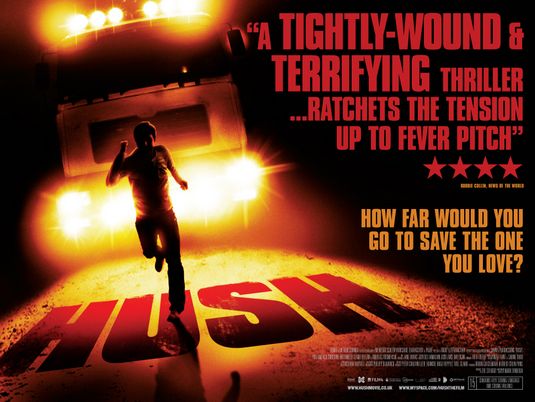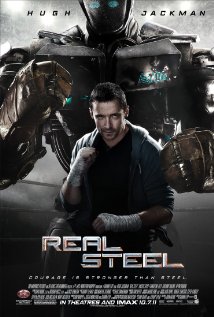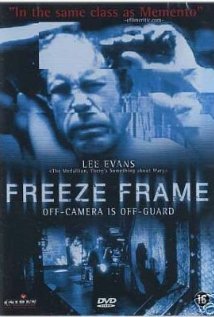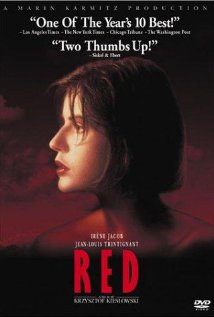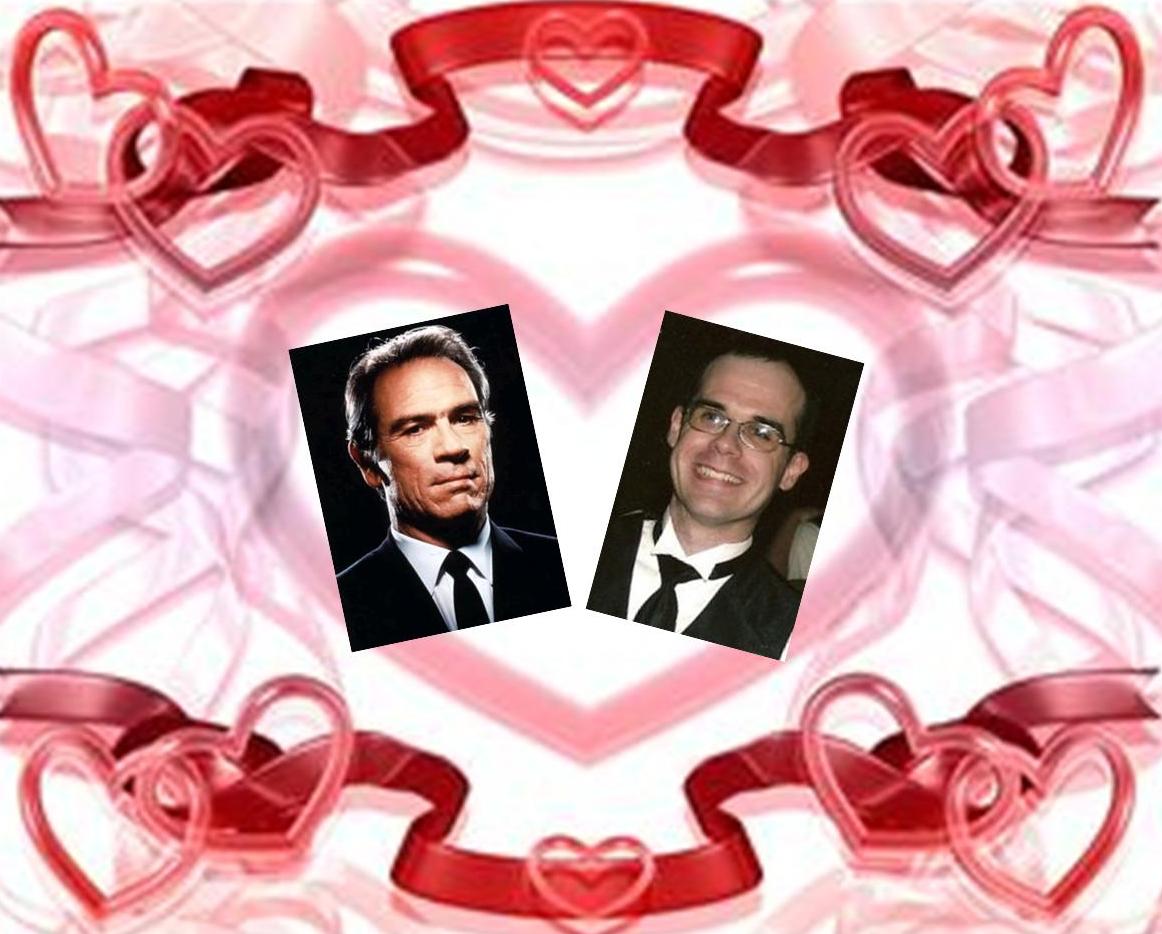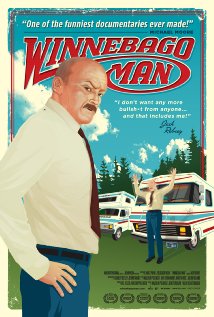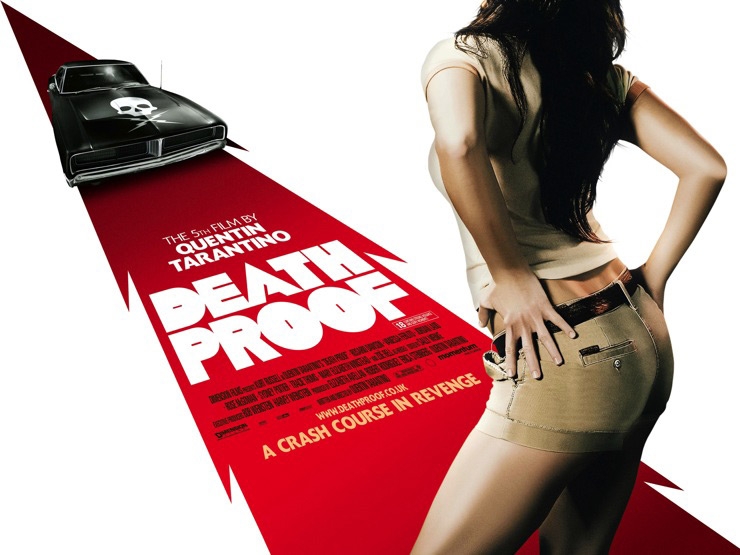Here’s the kind of thing that makes my blood boil.
Netflix raising its rates.
Well, not that, in and of itself. Rather the never ending tirade of assholes airing their grievances in a number of the most asinine ways. Whenever I read thousands of negative comments, an extraordinary amount of negative backlash, and, worst of all, “writers” questioning the “reason” Netflix would raise prices, I want to stab a baby. Make that three babies. And a kitten. It confuses me when a concept as simple as this one is met with a fury of utter disbelief.
To the population who just can't understand: The “reason” Netflix raised its prices is SIMPLE ECONOMICS. Seriously, I was taught (and, I suppose, learned) simple economic principle in high school, albeit by one of the three most worthless teachers I have ever had in my life (she was a HOME economics teacher teaching regular economics, and was still number three after Mr. Green who taught my zoology class and based an ENTIRE SEMESTER of grades on one “vocabulary list,” and Mr. Clark, the basketball coach who taught my SENIOR LEVEL history class….and no, this isn’t based on an episode of the Simpsons……you know, the one where the teachers go on strike because Bart pits Mrs. Krabappel against Skinner because he doesn’t want to go to school but then Marge ends up being one of the replacement teachers which, of course, is no better, so then Bart has to trick Krabappel and Skinner again in order to bury the hatchet and get the regular teachers back in to the classroom. You know, that episode.)
I have yet to find a single article on all of the internet which explains it as such, and if one of the three people who reads this piece can find any such article, please forward it to me so I can immediately amend what I have written here.
Here’s the deal folks. According to Netflix’s (man, say that possessive out loud. Sounds terrible.) website, they have just over 23 million customers in the US and Canada alone (http://ir.netflix.com/). Let’s just say the number is exactly 23 million. For the sake of a whole number.
Now, let’s say the most popular Netflix choice is having one DVD out while also being able to have unlimited streaming. How about 60% of the 23 million, or approximately 14 million, hold this particular option? I have no idea what the numbers actually are, but for the sake of this exercise it is fair enough. The price was $10 a month, and now they have raised their rates 60%, to a staggering $16 a month.
First I would say not too long ago we were all renting videos from a video store, where prices were probably somewhere around $4 for new arrivals and $2 for older videos. If you were renting one new arrival and one old film a week, you were spending $24 a month, and that doesn’t include TV shows, which often had to be rented by the disc, or any late fees you might accrue, or films “rented out,” or movies simply not available in the inventory. If that seems more efficient to you, I suggest you high tail it to the nearest Blockbuster or simply use movies on demand.
Secondly I would argue $6 a month is $72 a year or, even at the middling sum I am paid, not even a full day’s work. Stretched over the course of a YEAR. If you can’t find a way to squirrel away an extra $6 a month, maybe you shouldn’t have Netflix at all.
Here are some other numbers for you to give a little thought.
Using the 14 million customers posited earlier under the $10 a month plan, the amount Netflix would be raking from those customers alone would be $140,000,000. At an increase to $16 a customer, in order to match that amount, Netflix simply has to retain approximately 63% of its customers. That means it could afford to lose about 5,250,000. For those of you who have trouble deciphering numerical characters, that’s over FIVE MILLION CUSTOMERS. They could completely LOSE that amount and still be exactly where they are right now.
So let’s say ONE MILLION people are so upset about having to pay an additional $6 a month they completely quit the service. One MILLION people. Just think about how many that is for a minute, and then let me assure you one million people are not simply going to quit using Netflix over $6 a month. But, just for the sake of everybody crying in their beers, let’s say a million. Now they have a lowly 13 million customers at $16 a month. That’s $208,000,000 a month. That’s an increase of SIXTY-EIGHT MILLION DOLLARS, and that’s if they LOSE ONE MILLION CUSTOMERS.
For everybody trying to figure out a “reason” or claiming they are slapping their customers in the face just for the sake of it or one of the other ridiculous notions I have read over the course of the last few weeks on the interwebz, I have to simply say that most of you, at least are getting it right; it’s mostly greed. You are looking for some deeper meaning where there is none. But please also remember people, this is one of the main downfalls of the economy. You want Netflix to charge you nothing, but you also want them to be able to pay for streaming rights, movies for the library, AND employ the masses at a liveable wage. Don’t ask for too much, eh.
Why in the hell are you looking for a deeper reasoning in the rising cost of an entertainment sundry? It’s a business, it’s Capitalism, it’s the very, very, very, very, very, easiest, simplest idea of economics, the most basic economic principle to comprehend. It’s supply and demand people. I assure you, if Netflix raises their prices and lose eight million customers, the price will come down. If not, then it won’t. It’s that simple. They are trying to maximize profit, trying to reach the equilibrium pricing for their product. That’s what you do, as a business.
They aren’t going to shed a tear at the loss of a handful of customers who in absolutely no way effect their bottom line. It’s want vs. need. It’s a luxury. Of course you don’t WANT to pay more, but such is Capitalism. You’re simply fooling yourself in to thinking these pointless diatribes on your favorite social networking site actually mean something to Netflix, or losing a customer….or a couple thousand….impacts them in any meaningful way. Maybe it makes you feel better to voice your opinion (as it does me) but maybe it should be done in a more respectful, knowledgeable voice. Also, if you think you are actually effecting anything, dear friend, you are incorrect.
So go ahead, punish yourself. Fool yourself in to thinking Blockbuster streaming is just as good, or the $6 extra a month just “isn’t worth it.” Complain for the sake of complaining. That’s fine for you. Me? I think it’s still a pretty fair price, so I’m going to go stream the next episode of “Buck Rogers in the 25th Century” directly to my 42” HD television wirelessly via my Sony Blu-Ray player. Just because I can.
Biddi biddi biddi biddi Buck. Biddi biddi biddi.
Written by Ryan Venson
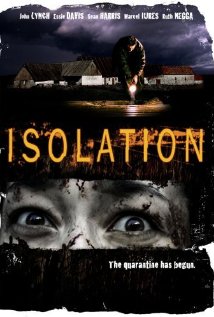 This movie's first fault is spending pretty much no time on setup, other than a shady bovine geneticist is running the experiment. Its second fault is spending far too long on a calf birthing scene. I’ll be the first to admit I know nothing about animal husbandry, but the idea of swinging a newborn calf around one's head in a circle to get it to start breathing seems ludicrous. Apparently the calf didn't like it either, as it immediately bit off the caretaker's finger.
This movie's first fault is spending pretty much no time on setup, other than a shady bovine geneticist is running the experiment. Its second fault is spending far too long on a calf birthing scene. I’ll be the first to admit I know nothing about animal husbandry, but the idea of swinging a newborn calf around one's head in a circle to get it to start breathing seems ludicrous. Apparently the calf didn't like it either, as it immediately bit off the caretaker's finger.
